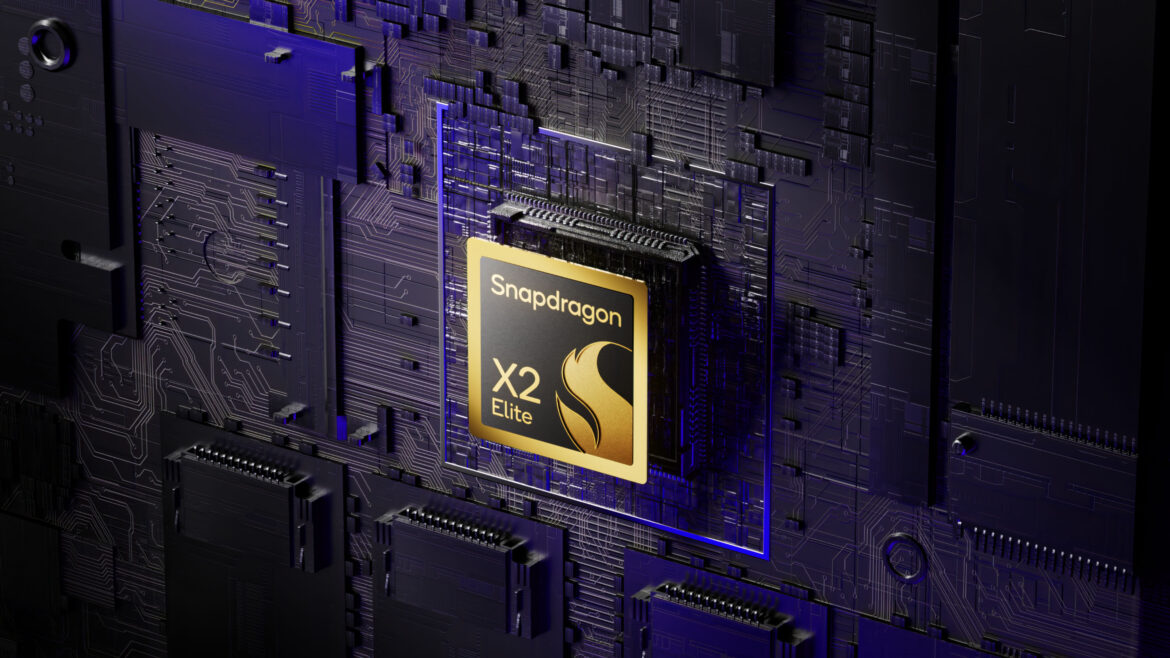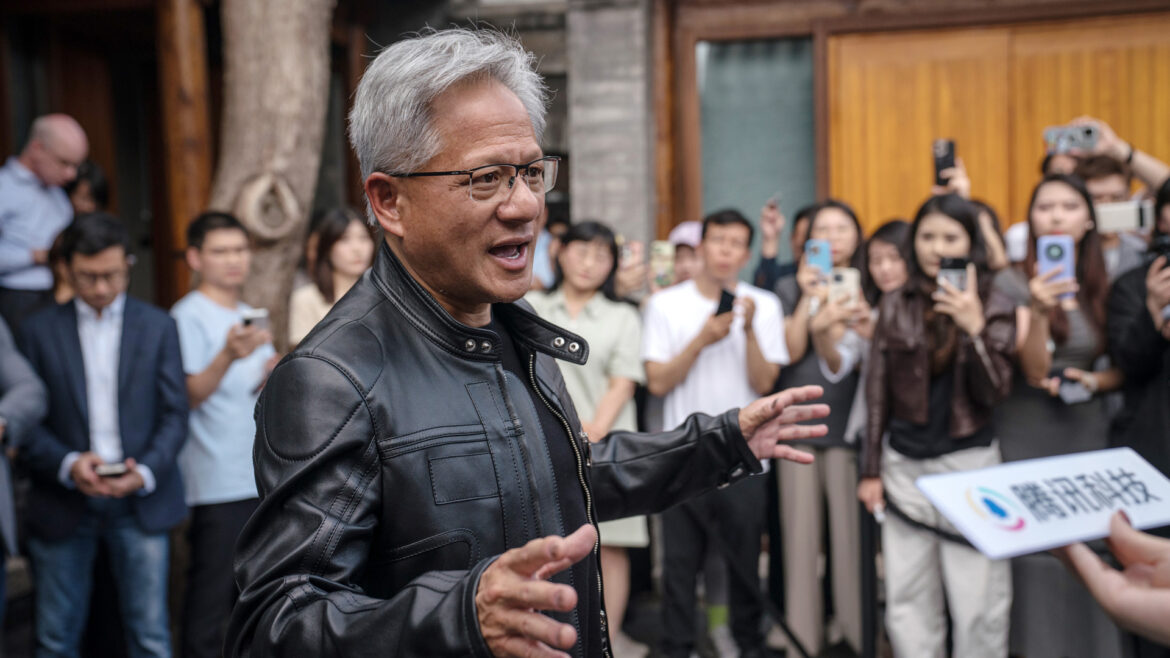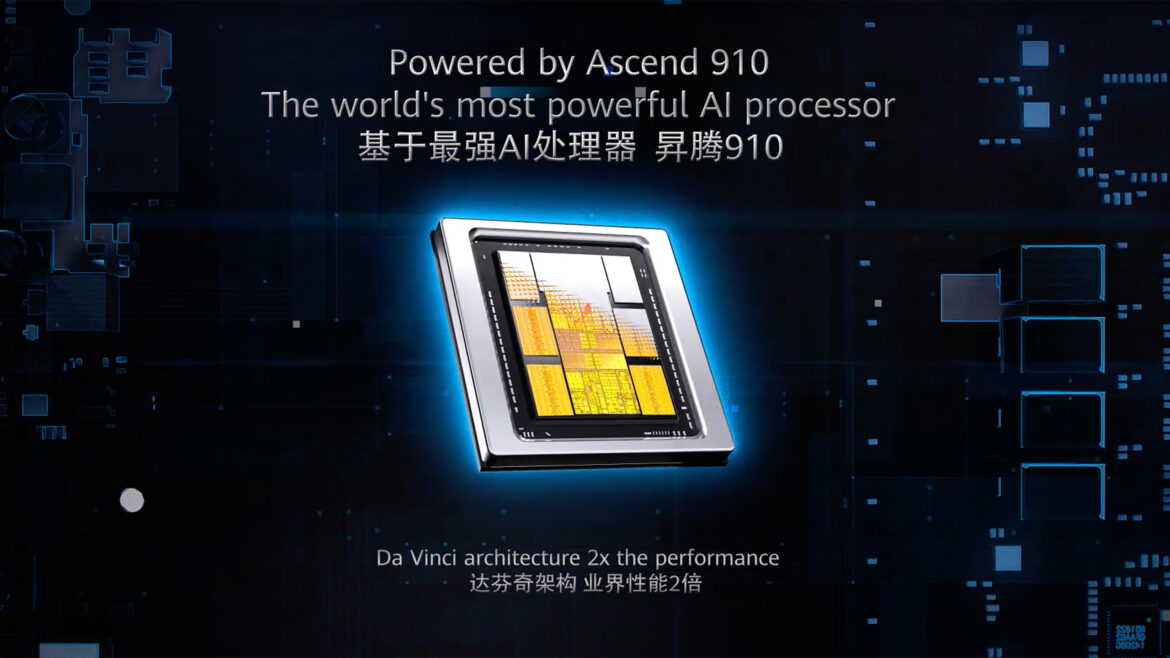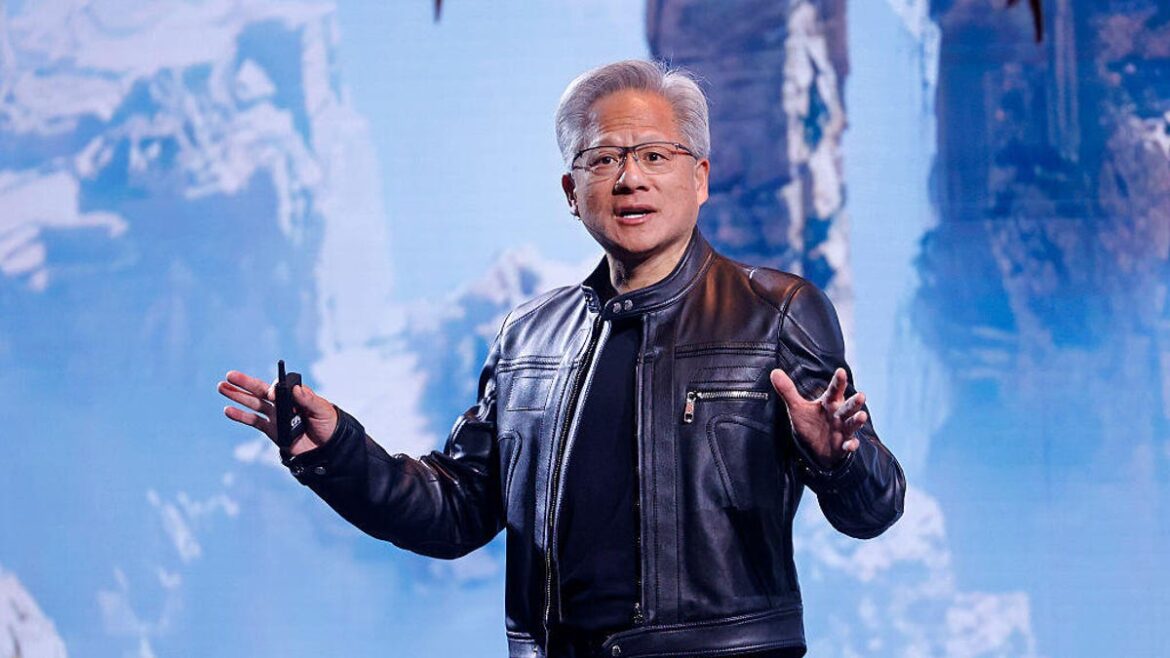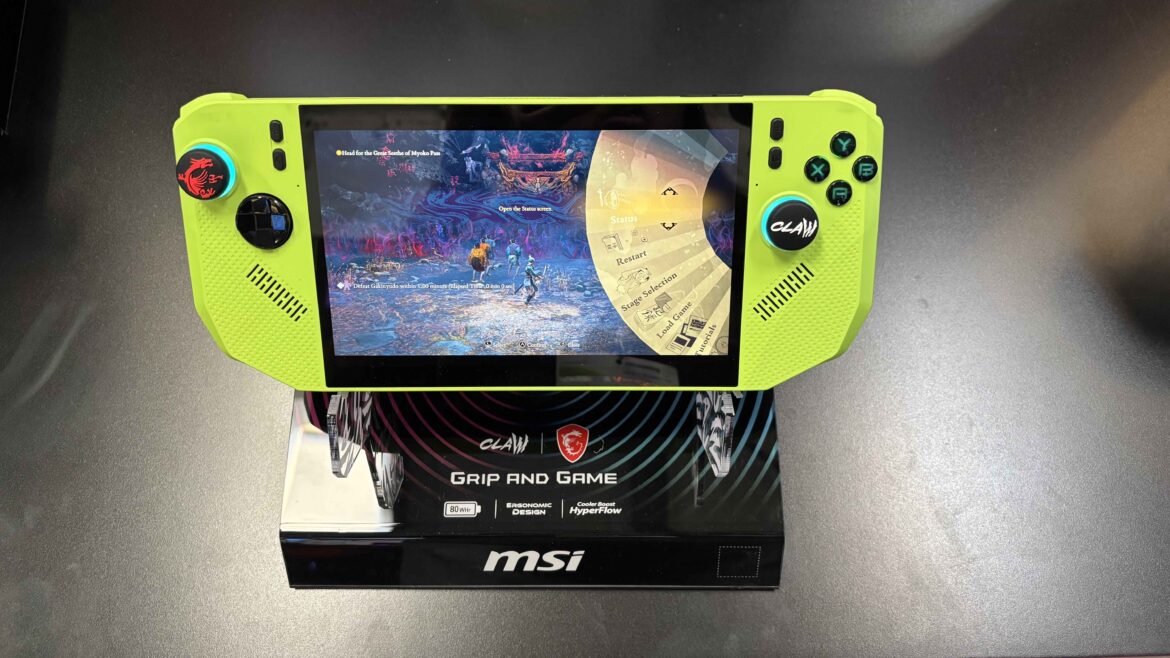Qualcomm has announced its second-gen Snapdragon X2 SoC for PCs and with it come some big claims, especially for gaming performance. The new chip has 18 CPU cores, 50% more than the the OG Snapdragon X, and over double the GPU performance. But will this actually translate into usable gaming performance?
First, some more details as announced at Qualcomm’s Snapdragon Summit 2025. Qualcomm has shrunk Snapdragon X2 down to 3 nm thanks to a newer production process from TSMC. That’s essentially the enabler for everything else that follows.
The 18 cores are all a new third-gen Oryon design that Qualcomm claims was started from a “blank slate.” The result is 39% improved per-core performance and 50% faster peak multi-threaded CPU performance. To that you can add 2.3x peak GPU performance and 78% more NPU performance.
Related articles
What’s more, Qualcomm claims to have created the first 5 GHz Arm chip. Oh, and the top chip now has a 192-bit memory bus and supports 4K 144 Hz displays. This is serious stuff.
In fact, Qualcomm has introduced a whole new tier of Snapdragon for the top model. The 18-core 5 GHz variant will be know as the Snapdragon X2 Elite Extreme Edition. Shades of Intel, intentionally or otherwise.
Of course, it’s gaming we’re most concerned with and Qualcomm is making some pretty serious claims. Performance is up hugely compared with the first-gen Snapdragon X chips. Black Myth Wukong runs 2.1x faster than before. The same applies to Cyberpunk 2077 and Red Dead Redemption 2. Hitman World of Assassination is claimed to be 2.2x faster, and a slew of further games are around the 2x mark.
Qualcomm is making some mega claims for gaming performance. (Image credit: Qualcomm)
All told, Qualcomm’s head of compute and gaming, Kedar Kondap, says the new chip is “Snapdragon’s biggest advance in PC gaming.” However, just as important as pure performance is efficiency. Here, Qualcomm reckons the new chip delivers 44% more CPU performance per watt than an Intel Core Ultra 9 285H and 75% more performance per watt than AMD’s Ryzen 9 AI HX 370.
As for GPU efficiency, the second-gen Snapdragon X is said to be 52% better than Intel’s Lunar Lake laptop chips. The same gaming performance as Lunar Lake but with dramatically lower power consumption, or a lot more performance for the same power budget, would be very interesting for a handheld gaming PC. Bottom line, if all of this is true, then the Snapdragon X2 Elite Extreme Edition is one heck of a chip.
There will also be a 12-core plain-old Elite version. It’s not totally clear if that offers the same GPU and NPU performance, but the branding for the Adreno GPU implies the 12-core chip gets a lower spec. But if it does, that’s a pity as an 18-core CPU is probably overkill.
Of course, the big question hanging over all this is game support. “We are collaborating across the industry to bring more titles on Snapdragon,” Kondap said in front of a presentation slide showing a long list of supported titles.
Related articles
In our testing, Snapdragon’s gaming support thus far has fallen well short of Qualcomm’s bullish claims, whatever the raw capabilities of its chips. And that remains the doubt. Even if the new Snapdragon X2 is super fast, will games actually run reliably?
The top chip even gets a 192-bit memory bus. (Image credit: Qualcomm)
But here’s the thing. Sometimes you get a sense from a product launch that a company knows they have something special. That’s the vibe I got from the Snapdragon X2 launch. A lot of that is probably down to the use of TSMC 3 nm technology. No other PC vendor is currently offering 3 nm GPU tech, integrated or discrete.
On paper, then, this thing looks like a huge advance and the best APU for handheld PCs. It should be far faster than anything AMD or Intel can currently offer, if you ignore AMD’s Strix Halo, which isn’t truly a chip for handhelds and costs megabucks.
In the end, of course, it will all hinge on software, both the games themselves and Qualcomm’s GPU drivers. We’ve heard it all before when it comes to gaming on Arm. But if Qualcomm can make some strides on the software, then this chip needs to be taken very seriously in the handheld gaming market. It could be awesome.
Best handheld PC 2025
All our current recommendations

